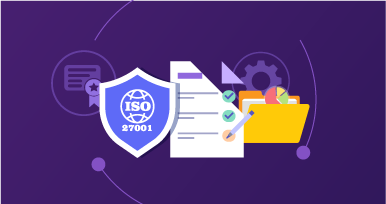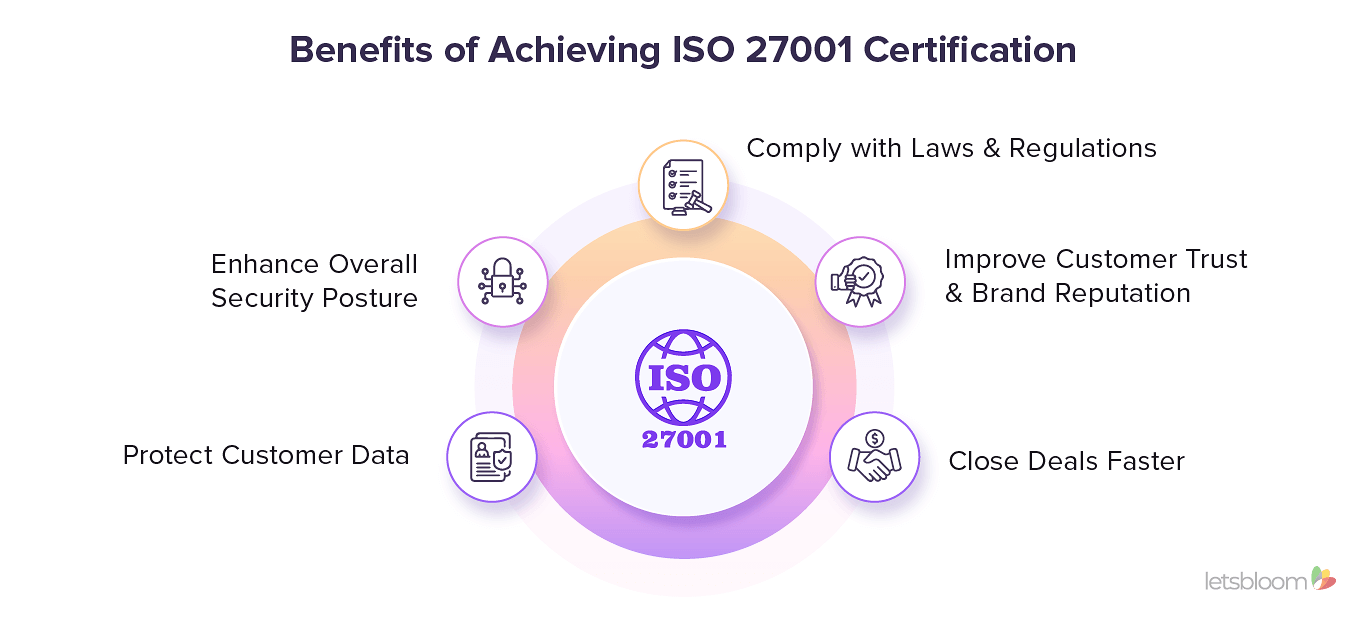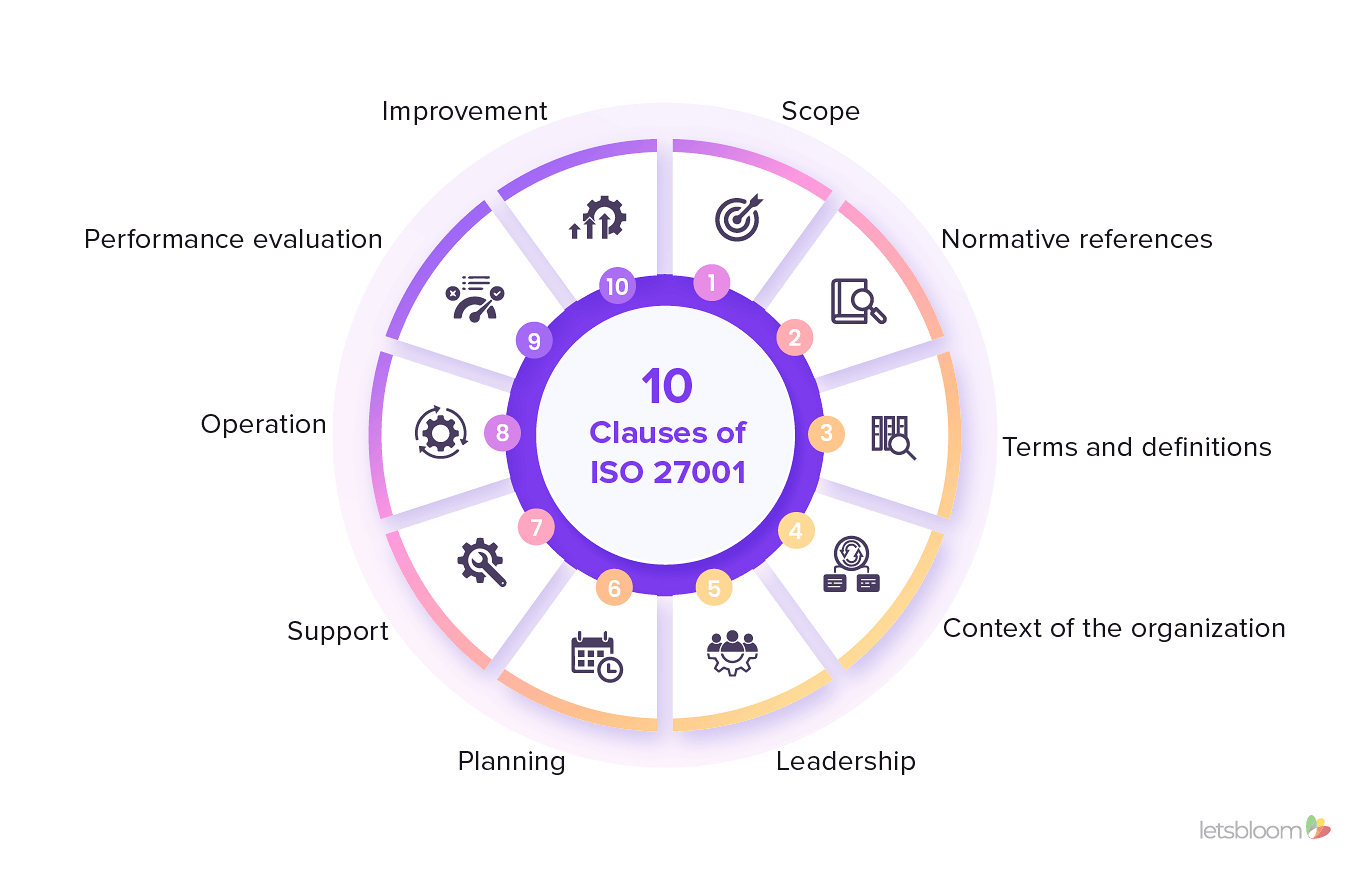What is ISO 27001 – A Beginner’s Guide to Compliance

Ritika Jain
Aug 27, 2024


In today's digital landscape, information is the most valuable asset for any organization. With an increase in data breaches and cyberattacks, it’s imperative to prioritize the security and integrity of this information. A single breach can lead to significant financial losses, damage to reputation, and loss of customer trust.
For instance, the recent cyberattacks on Dell, AT&T, and Ticketmaster exposed the personal information of millions of users, resulting in widespread concern and regulatory scrutiny. Such incidents underscore the critical importance of information security and compliance. This is where ISO 27001 comes into play, providing a framework for organizations to protect their sensitive data effectively.
What is ISO 27001?
ISO 27001 is an internationally recognized standard that defines the requirements for establishing, implementing, maintaining, and continually improving an Information Security Management System (ISMS). It is published by the International Organization for Standardization (ISO) and the International Electrotechnical Commission (IEC), providing a comprehensive framework for managing and protecting information assets.
What is the Purpose of ISO 27001?
The primary objective of ISO 27001 is to protect the confidentiality, integrity, and availability of information assets. It provides a structured approach to managing sensitive data, ensuring that only the right individuals have the right level of access to the right resources.
The standard covers a broad range of topics, including risk management, security controls, incident response, and business continuity. By implementing ISO 27001, organizations can identify and address potential vulnerabilities, minimize the impact of security incidents, and ensure the resilience of their information systems.
Who Needs to Comply with ISO 27001?
Any organization handling sensitive information should consider complying with ISO 27001. This is especially relevant to businesses operating in industries such as finance, healthcare, government, and e-commerce, where safeguarding customer data is critical.
Why You Need ISO 27001: Benefits of Achieving ISO Certification

- Protect Customer Data: ISO 27001 provides a robust framework to safeguard customer information. By implementing security controls and following best practices, organizations can prevent unauthorized access, disclosure, or destruction of sensitive data, thereby ensuring compliance with privacy regulations and building customer trust.
- Enhance Overall Security Posture: ISO 27001 promotes a culture of security within organizations. It helps identify and address gaps in security practices, ensuring a consistent and comprehensive approach to information security. This includes implementing technical controls, establishing security policies and procedures, and raising awareness among employees.
- Comply with Laws and Regulations: Many data privacy and security laws have stringent requirements that overlap with ISO 27001. By achieving ISO certification, organizations can demonstrate their commitment to compliance and reduce the risk of regulatory breaches. This can be particularly beneficial when operating in multiple jurisdictions with varying legal requirements.
- Improve Customer Trust and Brand Reputation: ISO 27001 certification sends a strong signal to customers and stakeholders that information security is your top priority. It demonstrates that your organization has implemented rigorous security measures, providing assurance that their data is safe and protected. This can be a significant competitive advantage, especially in industries where security is a key differentiator.
- Close Deals Faster: ISO 27001 certification can streamline business processes and foster growth. Many organizations require their suppliers and partners to have ISO certification, making it a prerequisite for doing business. By achieving certification, organizations can expand their market reach and close deals faster, as potential clients will have greater confidence in their ability to protect sensitive information.
ALSO READ: Why is CSPM Important for Your Business?
What Does ISO 27001 Include?
The ISO 27001 standard is structured into 10 clauses, each covering a specific aspect of information security. These clauses provide a comprehensive framework for implementing and maintaining an effective ISMS.
10 Clauses of ISO 27001

- 1. Scope
- 2. Normative references
- 3. Terms and definitions
- 4. Context of the organization
- 5. Leadership
- 6. Planning
- 7. Support
- 8. Operation
- 9. Performance evaluation
- 10. Improvement
In addition to these clauses, Annex A of ISO 27001 is a critical component, providing a detailed list of security controls. These controls are designed to protect against various threats and vulnerabilities and are organized into 14 categories, covering various aspects of information security.
Annex A Controls
- 1. Information security policies
- 2. Organization of information security
- 3. Human resource security
- 4. Asset management
- 5. Access control
- 6. Cryptography
- 7. Physical and environmental security
- 8. Operations security
- 9. Communications security
- 10. System acquisition and maintenance
- 11. Supplier relations
- 12. Security incident management
- 13. Business continuity management
- 14. Compliance
NIS2 & DORA – Are You Cyber-ready?
Download this eBook for insightful tips to ensure your organization operates with unwavering resilience.
ALSO READ: Why Do Businesses Need SaaS Security Posture Management (SSPM)?
How letsbloom Can Help You Achieve ISO Certification
With letsbloom as your trusted cloud security and compliance management partner, you can focus on what matters most – running your business – while we guide you through the ISO 27001 certification process. Let us help you protect your valuable assets, enhance your reputation, and unlock new growth opportunities.
Contact us today to learn more about how we can fast-track your journey to ISO 27001 certification and empower your organization to thrive in a secure digital landscape.










